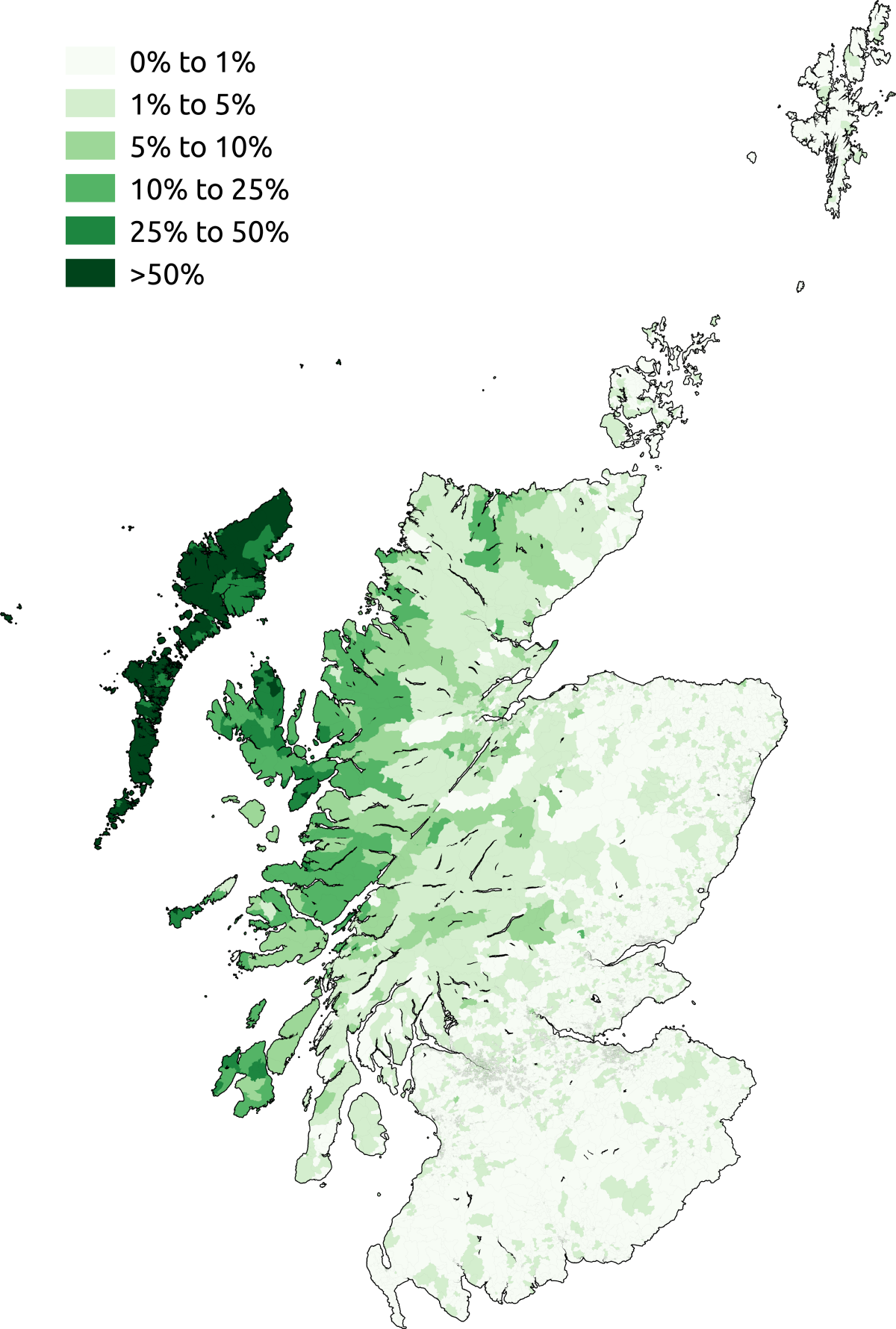Is now the time to give new life to Gaelic?
Till now, the venerable language of the Emerald Isle has been preserved by government edicts, educational requirements, dwindling native speakers and diehard Irish nationalists.

But for most of Ireland’s population, Gaelic is a nostalgic linguistic throwback of scant use in daily life and a sop to patriots who refuse to let it die a natural death. However, machine translation and translation services have the potential to revive and reactivate a language heading to extinction. Can Gaelic hope to gain a new following? Could this be a good thing for Ireland? And how would a campaign to revive the Irish national language be conducted?

During the Coronavirus crisis, as we wait out the pandemic, it may seem trivial to discuss a subject as esoteric as the resurrection of Gaelic. But as we retreat from pubs, clubs and football pitches, we find ourselves with more time on our hands to learn something new. We are asked to distance ourselves even from classes and social gathering. So it may well be an ideal moment to bring to life a tongue long left by many for dead. How to do it? From language tools available, for free, on our phones and computers.
What is the status of the Gaelic language in Ireland?
Irish – Gaelic or Gaeilge — belongs to the Celtic language family. It originated in Ireland and was historically spoken by Irish people throughout Ireland. It is still spoken as a first language in some counties — Galway, Kerry, Cork and Donegal chief among them. In 2016, native speakers were counted as 73,000 in Ireland and 4,000 in northern Island. It has also been adopted by non-traditional speaker in Irish cities for cultural or nationalistic reasons, albeit as a second language.
Learn more about this topic by reading this article on Irish Tech News.
After reading “Is now the time to give new life to Gaelic?” you can check important issues for ESL teachers on the section PDFs, and visit my YouTube channel.
